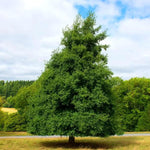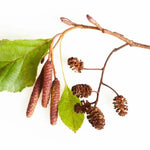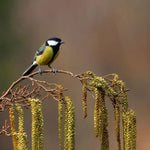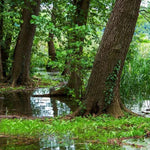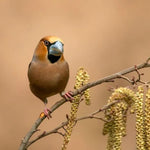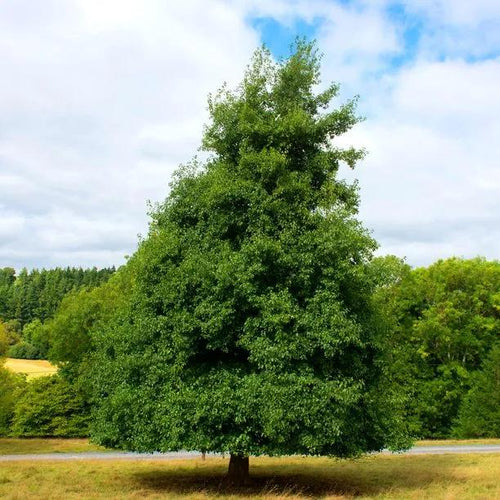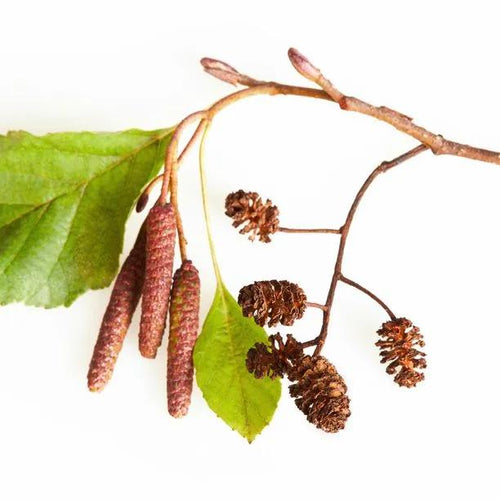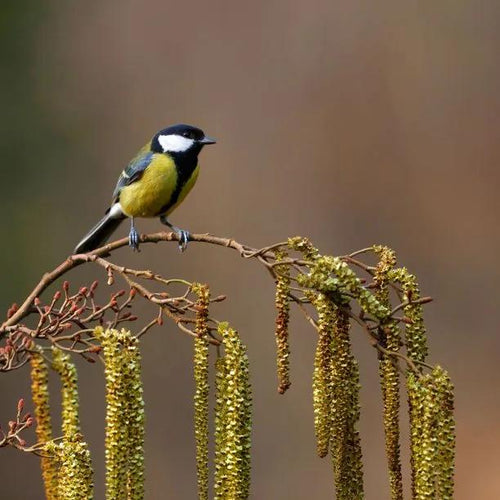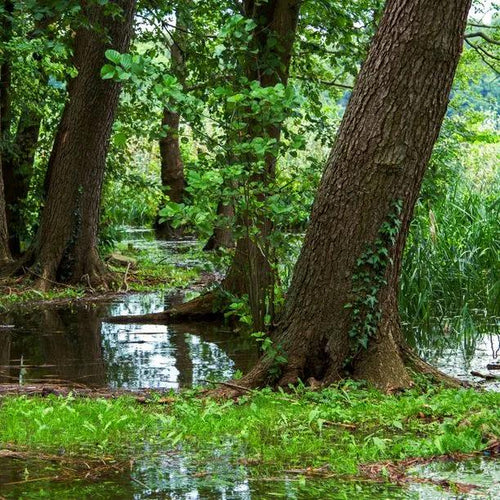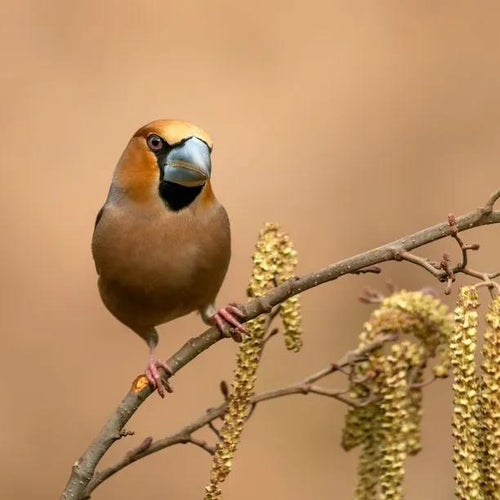Native Common Alder Sapling Trees
-
Use: Rough hedging & screening, land reclamation
-
Height: Up to 25m as tree, clips to any height as hedge
-
Growth: Very fast. Upright, conical crown
-
Soil: Any, excels on wet ground
-
Light: Full sun
-
Type: Native deciduous tree, nitrogen fixer
-
Species: Alnus glutinosa
-
Bareroot Delivery Only: Nov-March
Appearance, Growth & Uses
Black or Common Alder is the only native British Alder.
It has rounded, bright green leaves and a conical crown up to 25 metres when grown as a tree.
It makes a decent tall, rugged looking country hedge, but it's too vigorous for short, tidy garden hedges under about 2 metres.
All alders have nitrogen-fixing bacteria living on their fibrous roots, perfectly suited for reclaiming sites with degraded soil and preventing erosion.
Features
Growing Conditions
-
Soil: Wet conditions preferred, tolerates poor soils
-
Light: Full sun
-
Moisture: Thrives on waterlogged soil
-
Avoid: Dry, drought-prone sites, very chalky soils
-
Maintenance: Can be pruned every other year as a windbreak, or twice a year as a garden hedge
-
Hardiness: Very hardy, wind-resistant
Common Alder is very hardy and thrives on wet, waterlogged soil that most other trees couldn't grow on, although it does require full sunny.
It'll tolerate very poor soils and urban pollution, but if your site is dry and drought prone or very chalky, use Italian Alder instead.
Garden Design Ideas
Alder is a classic pioneer tree that is often used to prevent riverbank erosion and to reclaim sites with especially poor soils, due to the bacteria living in nodules in its roots, which fix nitrogen from the air into the soil, improving it for other plants over time, especially as the tree ages and dies, or is pruned.
Perfect for wet sites and boggy areas where most other trees fail to establish. Excellent for rough country hedging and screening where vigorous growth is needed.
Ideal for land reclamation projects, helping to stabilize soil and improve growing conditions for other plants through nitrogen fixation.
Use for tall windbreaks and screening in rural settings where space allows for its vigorous growth habit.
History & Trivia
Although it's fairly short-lived in the wild at about 120 years, Alder lasts much longer when kept as a hedge or coppiced.
It's a good wood for smoking foods, especially fish.
It became an essential tree during the industrial revolution for three main reasons:
Features
- The wood is extremely rot resistant, perfect for gutters, foundations and roof shingles.
- It's resistant to chemicals, easy to carve and light weight, perfect for making clogs, which were the equivalent of today's steel toe capped boot.
- It makes gunpowder grade charcoal, which is where the name Black Alder comes from.
AKA Smooth Alder, it's found over most of Europe, Russia, North Africa and parts of Asia.
A concoction of the inner bark, simmered overnight in vinegar, was used to make insecticide to kill lice and scabies mites, and an effective mouthwash.








 Secure, One-Tap Checkout
Secure, One-Tap Checkout
 Hand Picked, Delivered to Your Door!
Hand Picked, Delivered to Your Door! 1 Year Bareroot Guarantee
1 Year Bareroot Guarantee
